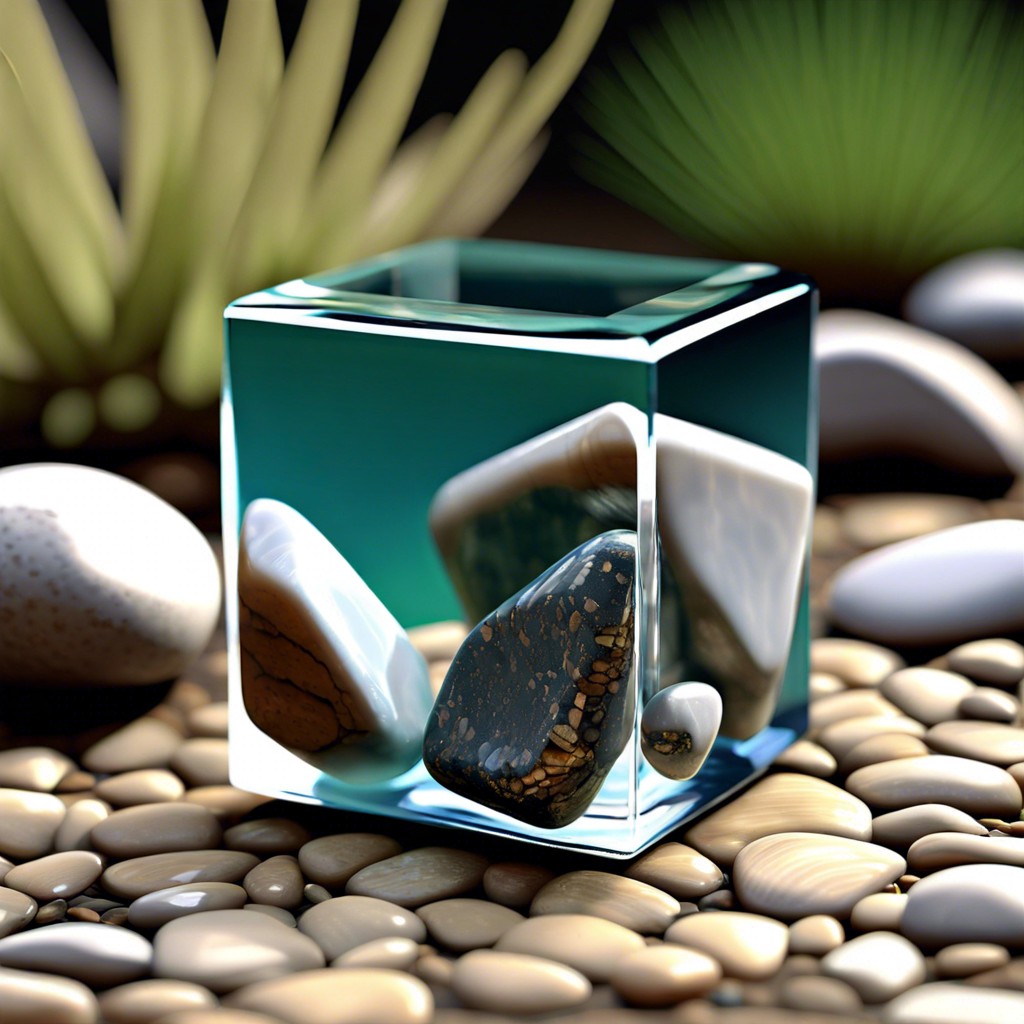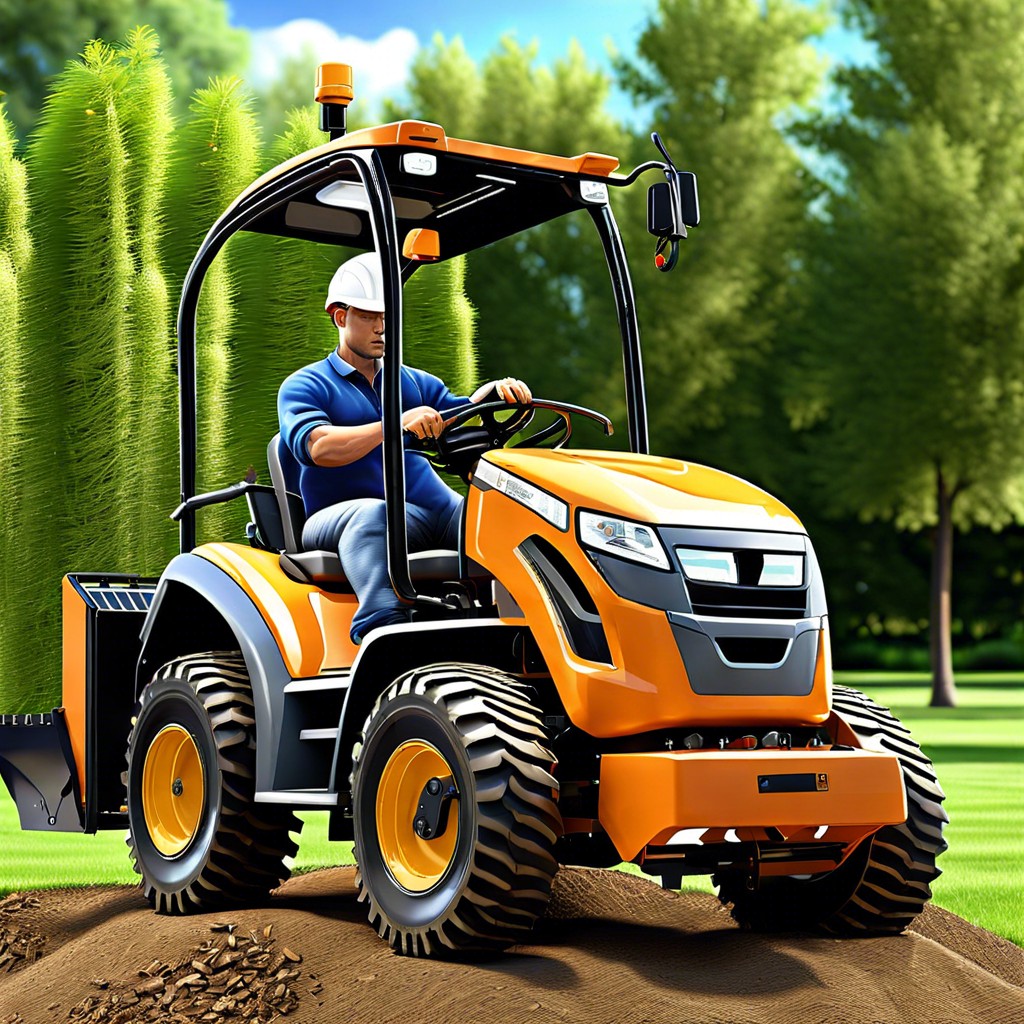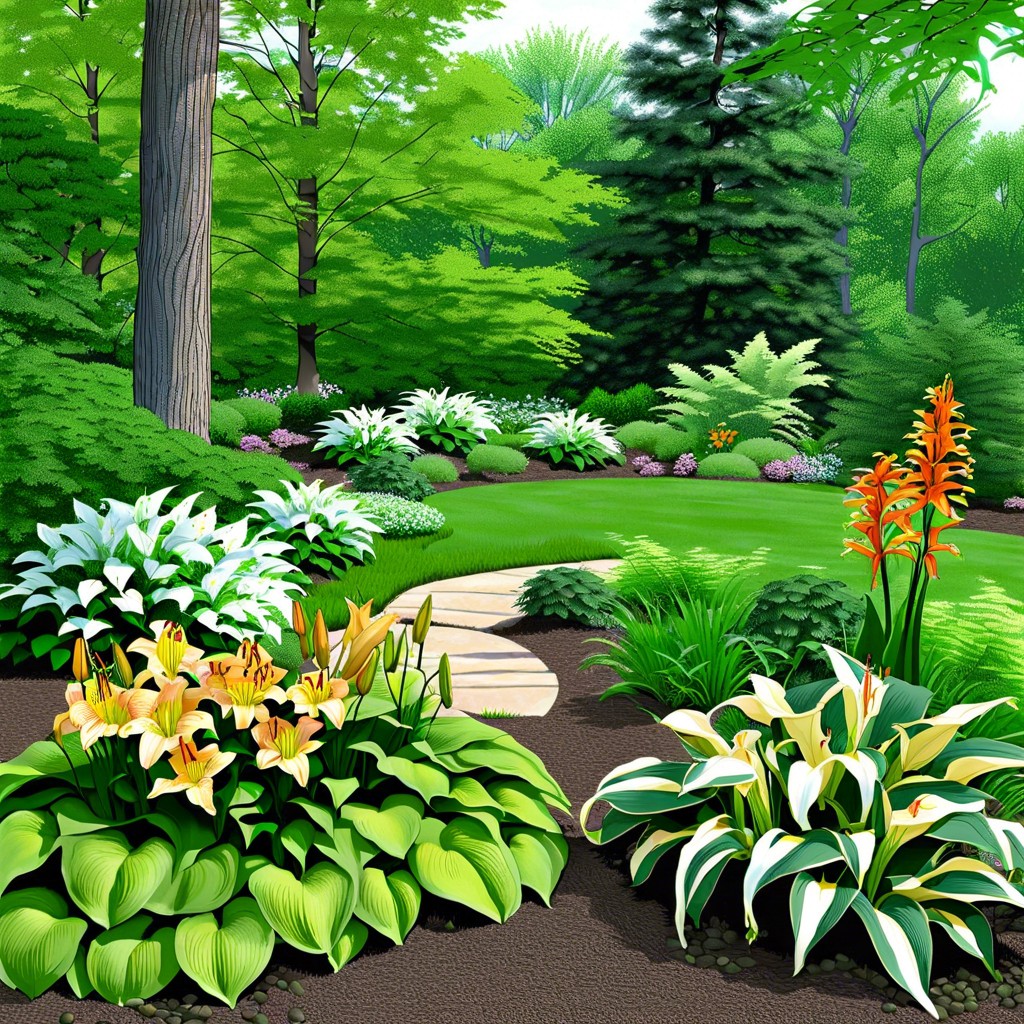Create a low-maintenance landscape by choosing hardy plants that require minimal care, such as native species, perennials, and groundcovers.
Creating a low-maintenance landscape doesn’t have to be complicated or time-consuming. With a few simple tips, you can design a beautiful outdoor space that requires minimal upkeep.
In this blog post, we’ll explore how to design a low-maintenance landscape that will look great and stay looking great for years.
Choosing Low-maintenance Plants

Low-maintenance plants require minimal care and attention, such as watering, pruning, and fertilizing. When selecting plants for your landscape, look for varieties native to your area or region since they will better adapt to the local climate and soil conditions.
Select drought-tolerant species which require less water than other types of plants. Choose perennials over annuals since they will come back year after year with little effort on your part.
With a careful selection of low-maintenance plants, you can create a beautiful landscape without spending too much time caring for it!
Selecting Hardy Materials
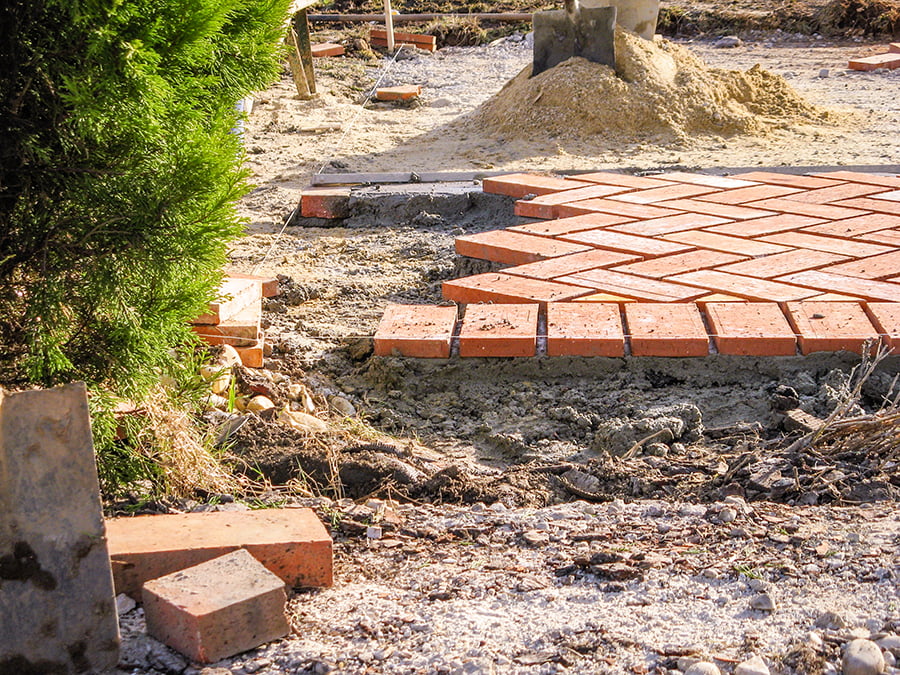
Hardiness refers to the ability of a material to withstand harsh weather conditions, such as extreme temperatures and heavy rainfall.
When selecting materials for your landscape, it is essential to consider how well they will hold up in different climates and seasons.
For example, if you live in an area with cold winters, you may choose materials more resistant to frost damage. Choosing materials that require minimal upkeep can help reduce the time and money spent on maintenance over time.
This could include using native plants or drought-tolerant varieties that require less water and fertilizer than other types of plants.
Selecting durable building materials like stone or concrete can help ensure your landscape lasts for years without needing repairs or replacements due to wear and tear from the elements.
Using Mulch to Reduce Weeds
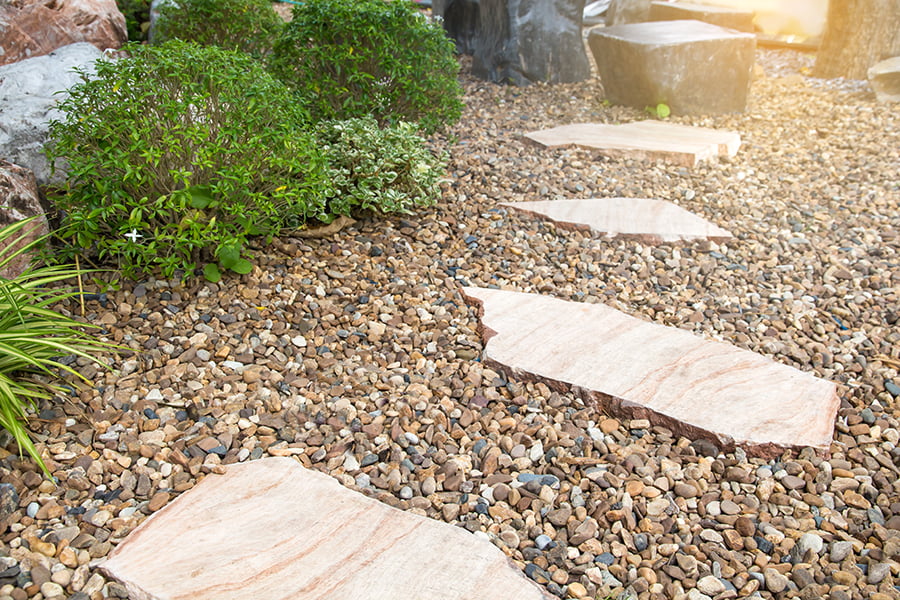
It is a material layer, such as wood chips or bark, spread over the soil surface. Mulch helps to prevent weed seeds from germinating by blocking sunlight and reducing moisture levels in the soil.
It can help retain moisture in the soil and keep it more relaxed during the hot summer months. This helps plants stay healthy and reduces the need for frequent watering.
Applying mulch also adds organic matter to the soil, improving its structure and fertility. Mulching can give your landscape an attractive finished look while helping you save time on weeding!
Creating a Simple Layout

This includes choosing hardy, drought-tolerant plants that can survive with little water or fertilizer and opting for materials such as gravel or mulch instead of grass. It is essential to plan the layout so that there are fewer areas where weeds can take root and spread.
Grouping similar plants helps reduce the time spent on maintenance since they will all need similar care.
Avoiding High-traffic Areas
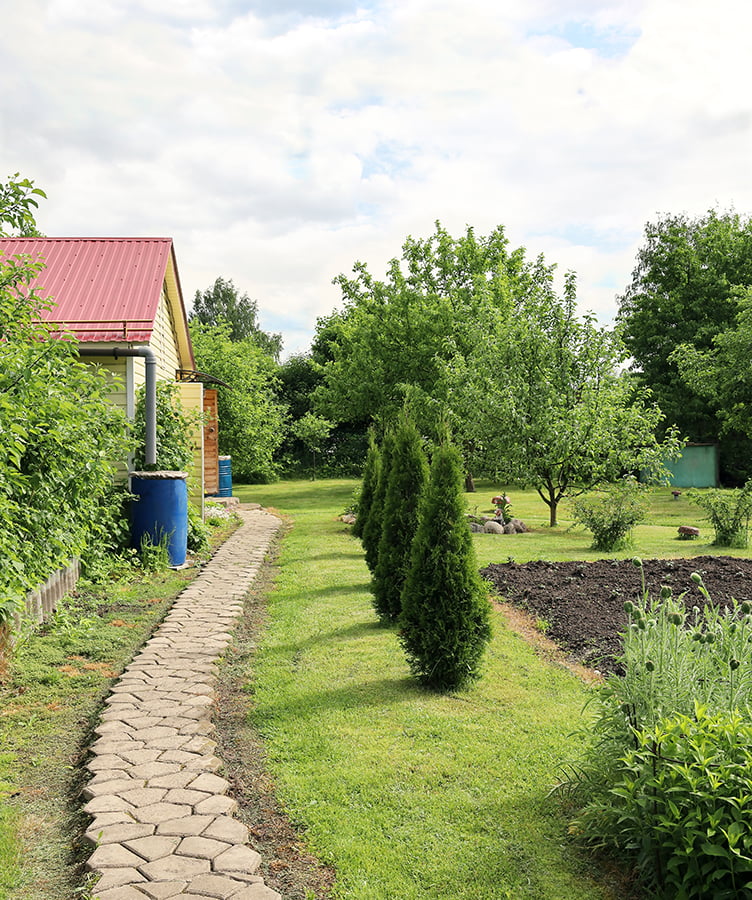
High-traffic areas receive frequent foot traffic, such as pathways and walkways. These areas can quickly become worn down due to the constant use, leading to more maintenance needs to keep them looking their best.
To avoid this issue, it is essential to plan out the layout of your landscape carefully and strategically place paths away from heavily used areas.
Using durable and easy-to-maintain materials will help reduce the amount of upkeep needed for these high-traffic spots.
Incorporating Water Features for Visual Interest

Water features come in many forms, from small fountains to larger ponds or streams. They can provide a focal point for the garden, attract wildlife, and even help with irrigation.
When designing a low-maintenance landscape, choosing water features that are easy to maintain and require minimal upkeep is essential.
This could include selecting self-contained fountains or installing pumps to keep the water circulating without frequent cleaning or repairs.
Incorporating native plants around the feature can help reduce maintenance needs by providing natural pest control and requiring less watering than non-native species.
Utilizing Ground Covers Instead of Grass Lawns
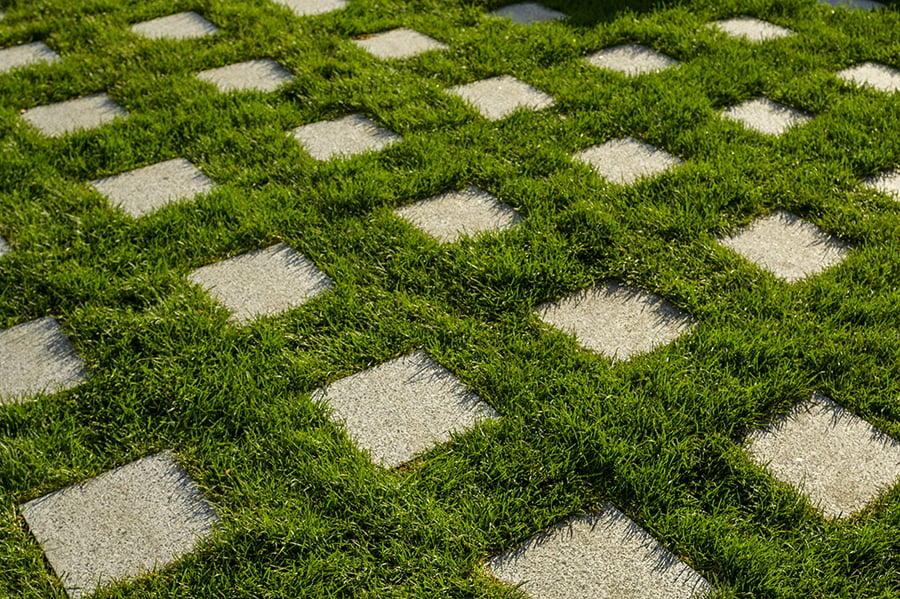
Ground covers are plants that spread quickly and densely, forming a carpet of foliage over the ground. They can be used instead of grass lawns to reduce the time and effort needed for maintenance.
Ground covers require less water than grass, so they can help conserve resources while providing a beautiful landscape. Ground covers are often more resistant to pests and diseases than grass, making them easier to care for in the long run.
Many types of ground cover come in various colors and textures, adding visual interest to any outdoor space.
